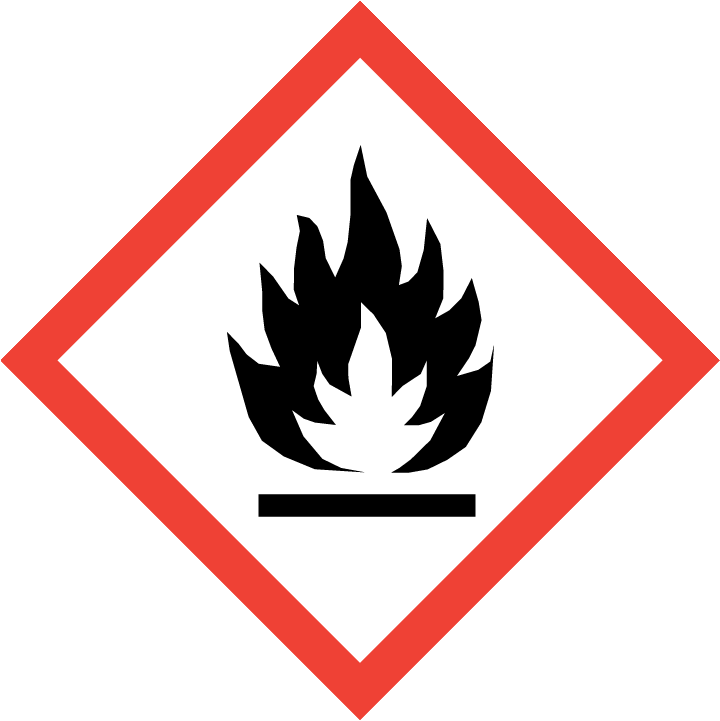| Definition: |
| |
A chemical that will spontaneously ignite in air at a temperature of 130oF or below |
| |
|
|
| Examples: |
| |
cesium metal (routinely used in ion source), boron powder, and fine powders of metals such as Aluminum, and Zirconium |
| |
|
|
| Precautions: |
| |
Make sure that there are no sources of ignition |
| |
Plan ahead for what you are doing |
| |
Minimize the quantity used |
| |
Do not work in the immediate vicinity of a water source such as a sink |
| |
Work in an inert atmosphere in a glove box, or some other way to exclude air |
| |
A fire extinguisher should be in the work area |
| |
PPE as required by hazard certification |
|
|
|
| Possible Health Effects: |
| |
May form highly corrosive hydroxides on contact with air |
| |
Reacts with air or water to produce heat |
| |
May cause thermal and chemical burns on contact with skin |
| |
May ignite producing toxic smoke |
| |
|
|
| First Aid: |
| |
Brush large particles off of skin first |
| |
Immediately flush skin or eyes with tepid water for at least 15 minutes |
| |
See SDS for more detailed first aid treatment |
| |
Get medical attention if significant burns, or if in eyes |
| |
|
|






